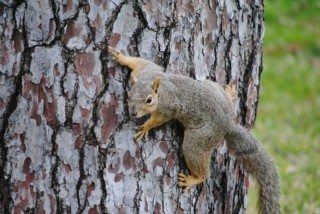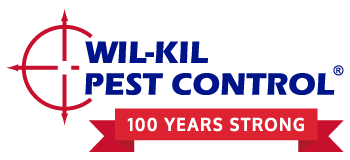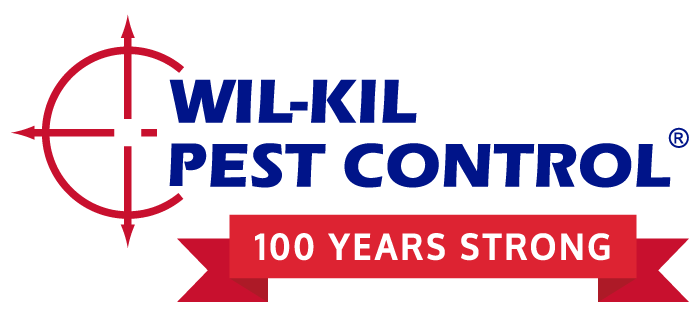With the new year in full swing and the spring season (fingers crossed) coming soon, it’s a great time to cover some of the things you can do to keep pests from making their way into your home. These tips cover ways to eliminate common entryways, pest attractants, and how to be more aware of the possibility of pests entering your home.
Seal Openings with Caulk
Small pests can make their way through the tiniest openings. One of the best ways to prevent infestations is by sealing the places they might sneak in with caulk or sealant. The first step is to identify gaps and cracks where pests might get in. Common exterior areas include roof trim, exterior columns, decks, pipes, foundation, doors, and windows. Inside the house, check around moldings and baseboards as well as flooring and piping. When choosing what type of caulk to use, remember that silicone caulk is fast drying but does not take paint well, while latex caulk is easy to paint over.
Get A Free Quote
Repair Screens and Broken Weather Stripping
As you start opening the windows to let fresh air in, take note of the state of your screens and weather stripping. Even if there are no clear tears in your screen, gaps may be developing on the sides if your screen is bowing in the center. Check the whole screen as the sides may be bowed out away from the window frame as well. Keeping your screens and weather stripping well-maintained is essential in keeping bugs from getting in.
Trim Shrubs and Trees Away From Your Home
 While focusing on the actual structure of your home is important, you also want to be aware of other opportunities to prevent pests in your yard. When you’re looking to get serious about making your home a safe haven from pests, look no further than the vegetation around your home. Overgrown bushes and shrubs will naturally have more pests than well-maintained bushes and shrubs. Keeping all vegetation from directly touching your exterior structure is crucial to eliminate the natural bridges into your home. Don’t forget to look up when you are inspecting your yard too, tree branches should be at least six feet away from the structure of your home to eliminate the likelihood of pests like squirrels jumping to the safety of your roof.
While focusing on the actual structure of your home is important, you also want to be aware of other opportunities to prevent pests in your yard. When you’re looking to get serious about making your home a safe haven from pests, look no further than the vegetation around your home. Overgrown bushes and shrubs will naturally have more pests than well-maintained bushes and shrubs. Keeping all vegetation from directly touching your exterior structure is crucial to eliminate the natural bridges into your home. Don’t forget to look up when you are inspecting your yard too, tree branches should be at least six feet away from the structure of your home to eliminate the likelihood of pests like squirrels jumping to the safety of your roof.
Keep Food Covered and Sealed
Keeping food in takeout boxes and paper bags is an invitation for unwanted critters to join you at your next meal. By keeping your leftovers in sealed containers, you’re removing the sources of food that often attracts pests. In addition to sealed food containers, keeping your surfaces wiped clean will help avoid creating a feeding frenzy for ants and other pests.
Inspect Your Hotel Room
 All the efforts spent on pest proofing your home are wasted if you bring home pests from your next trip. To avoid being an unsuspecting taxi for bed bugs, inspect your hotel room before you get settled. Before you unpack, set your luggage up and away from the floor and make a quick run-through of your hotel room for signs of bed bugs. Bed corners, sheets, furniture, curtains, headboards, and picture frames are all places to check for signs of bed bugs.
All the efforts spent on pest proofing your home are wasted if you bring home pests from your next trip. To avoid being an unsuspecting taxi for bed bugs, inspect your hotel room before you get settled. Before you unpack, set your luggage up and away from the floor and make a quick run-through of your hotel room for signs of bed bugs. Bed corners, sheets, furniture, curtains, headboards, and picture frames are all places to check for signs of bed bugs.
While these tips will certainly help you in the war on pests, there are some things you will find just need a professional’s attention. Wil-Kil’s comprehensive pest management plan, Enviroguard, was designed to protect homes and the people inside of them. Contact our pest control professionals to learn more today!

